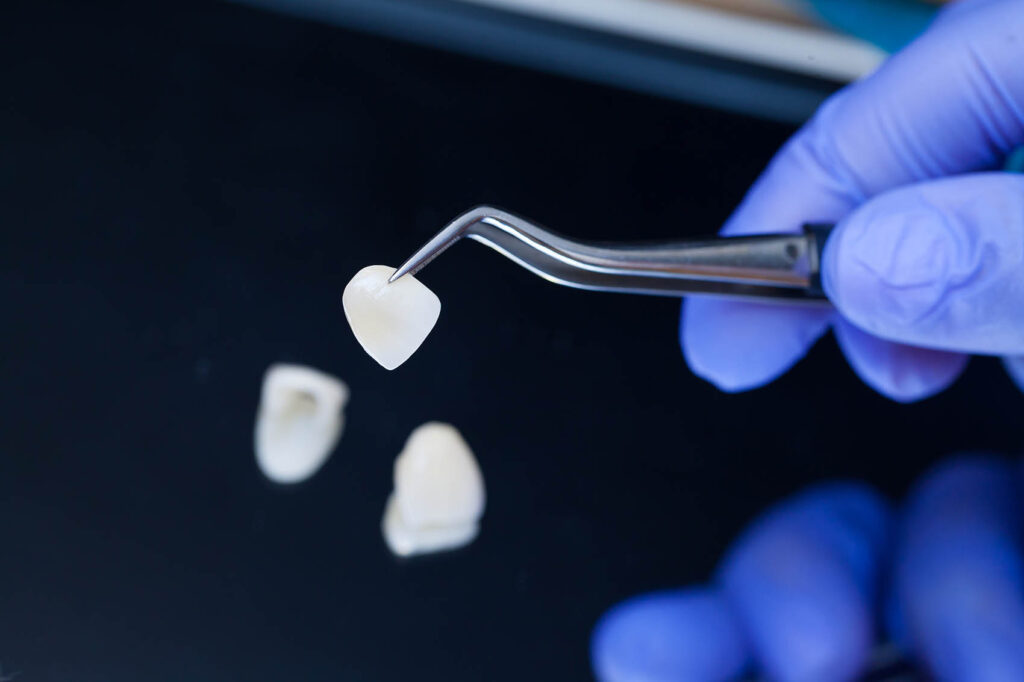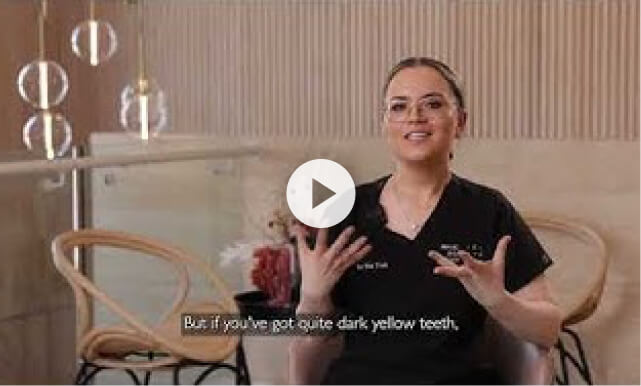If you’re on the hunt for quality veneers, then like me, you have probably already realised that the price range in Australia is staggering, starting at around $800 and reaching up to $3,500 per tooth! As a woman in my 40s, my teeth have certainly seen better days, with plenty of wear and tear over the years. They have been with me through thick and thin, through periods of stress (grinding and chipping away) and moments of happiness (snort laughter and unstoppable cackles of laughter). Considering all they’ve been through, I felt it was time to seek a long-term and permanent cosmetic dental solution. My smile is my first impression after all, and first impressions last.
As a beauty enthusiast, it’s perplexing to understand why such a difference in pricing exists, especially when all veneers promise long-lasting beauty. That is, until I dived deeper into the factors that account for such variance, uncovering the mystery of achieving that perfect smile.
So, here’s what I found.
Not all veneers are created equally.
Various materials, technology and equipment influence the overall quality of the veneers. Factors like how the veneers are made and how the teeth are shaped contribute to their quality and, consequently, their price.
The type of porcelain used can vary significantly between different dental labs and manufacturers. High-quality porcelain offers superior aesthetic qualities, such as translucency and colour matching to natural teeth, and is also more durable. This type of porcelain resists chipping and staining over time, maintaining its appearance for longer periods.
The technology involved in designing and creating porcelain veneers has evolved considerably. Advanced digital imaging and 3D printing technology allow for precise measurements and a better fit. Clinics that invest in state-of-the-art technology may charge more, but the benefits are well worth it.
Not all dentists are the same.
The initial consultation sets the foundation for every aspect of the treatment, from aesthetic goals to reliable quality. How thorough was the dentist in understanding your desires and concerns? Did they make you feel comfortable during each interaction?
A thorough consultation helps establish a rapport between you and your dentist. A dentist who takes the time to answer questions, address concerns, and explain procedures thoroughly demonstrates commitment and care, contributing significantly to your comfort and satisfaction throughout the entire process.
Temporary veneers are a must.
Temporary veneers provide a sneak peek into what the final veneers will look like, offering a chance to preview the new smile before the permanent veneers are made and placed. These are just as important as the final porcelain veneers.
Adjusting to the feel of veneers can take some time. This adjustment period is crucial for identifying any functional tweaks that might be needed, ensuring that the permanent veneers not only look good but also feel comfortable and natural.
Teeth-shaping practices can differ.
Finding a dentist who takes a conservative approach to shaping your teeth is important. Though some shaping is necessary for a smooth transition, preserving as much of the natural tooth tissue as possible is important.
We have all seen the shark teeth appearance (a cautionary tale for all) but this is only done by an inexperienced dentist.
The placement process should be meticulous
Every step influences the longevity and quality of the veneers.
- Shampooing stage: The tooth shampoo applied, how it’s applied, and how well it’s washed off affect tooth health and veneer durability.
- Glueing stage: The type of glue used, number of coatings applied, and proper drying process all impact the bond between the veneer and tooth.
- Setting light: The quality and proper use of the setting light determine tooth sensitivity and veneer lifespan.
- Porcelain cement: The type of adhesive cement used affects the strength of the bond between the veneer and tooth.
- Gum aesthetics: Proper care and attention to the gums during the veneer process ensure a secure fit and seal between the tooth and veneer.
- Aftercare: Is an Aftercare Guard included in the process? Ensure the dentist takes steps to ensure you wear it consistently.
Creating a smile makeover with veneers involves over 200 decisions for the dentist and over 300 critical steps in the veneer fabrication process. The extensive behind-the-scenes work contributes to the varying price range. It’s important to choose a dentist you trust to take that decision-making out of your hands.
In the end, I opted for 6 veneers (6-8 veneers is what most people get) and paid between $12,000-13,000 (so expect about $16,000-$17,000 for 8 veneers), which included every step of the process. Anything less than this should be a red flag where either the quality or longevity is compromised. I’m a figures person, so I did the maths and worked out the cost per wear. With the average lifespan of a set of porcelain veneers being 10-20 years, it ends up costing about 3-8 cents per day.
While the upfront cost may seem high, the daily breakdown shows that the impact on daily finances might be minimal compared to the significant improvement in quality of life and confidence that comes from a better smile. And I can promise you, I am now grinning from ear to ear!



